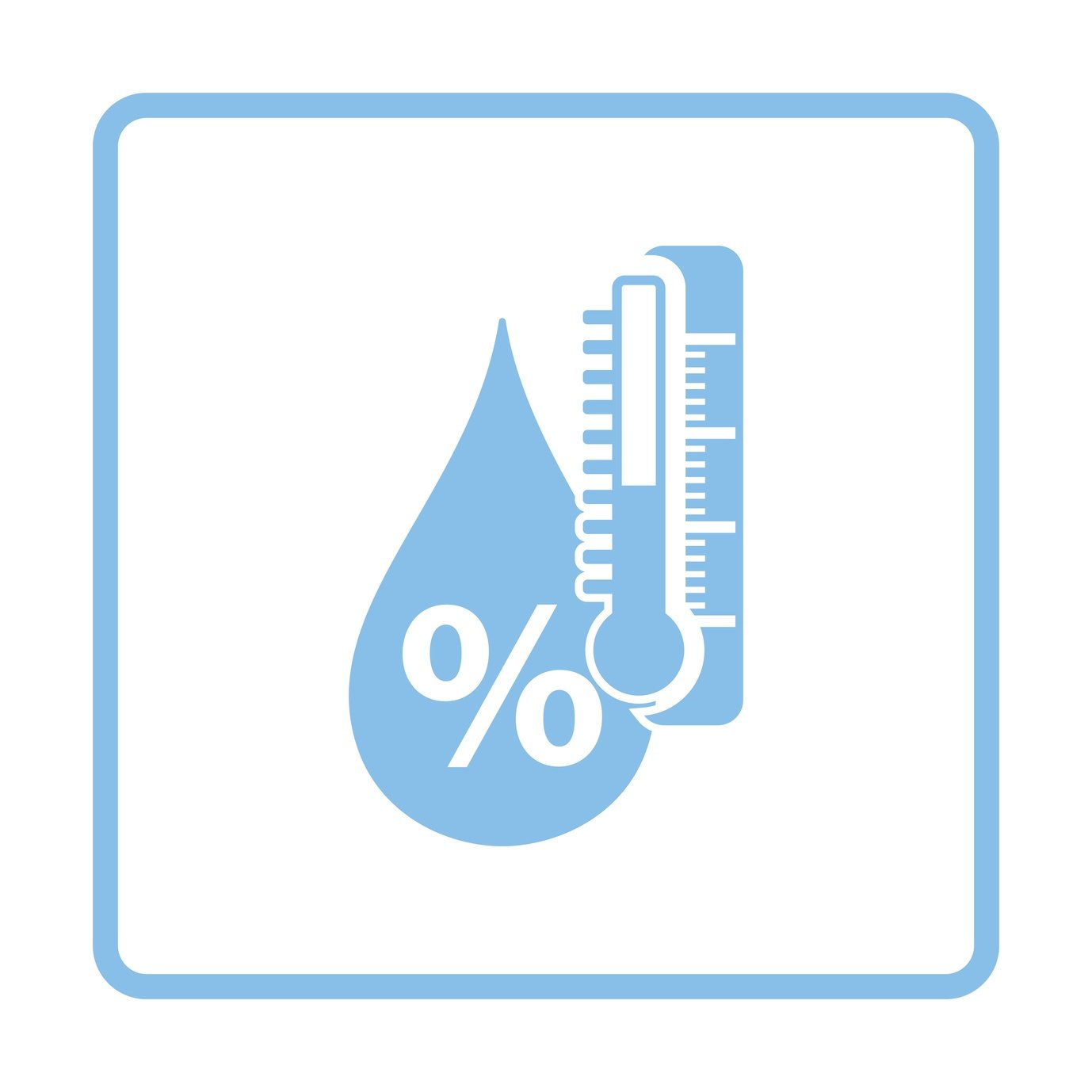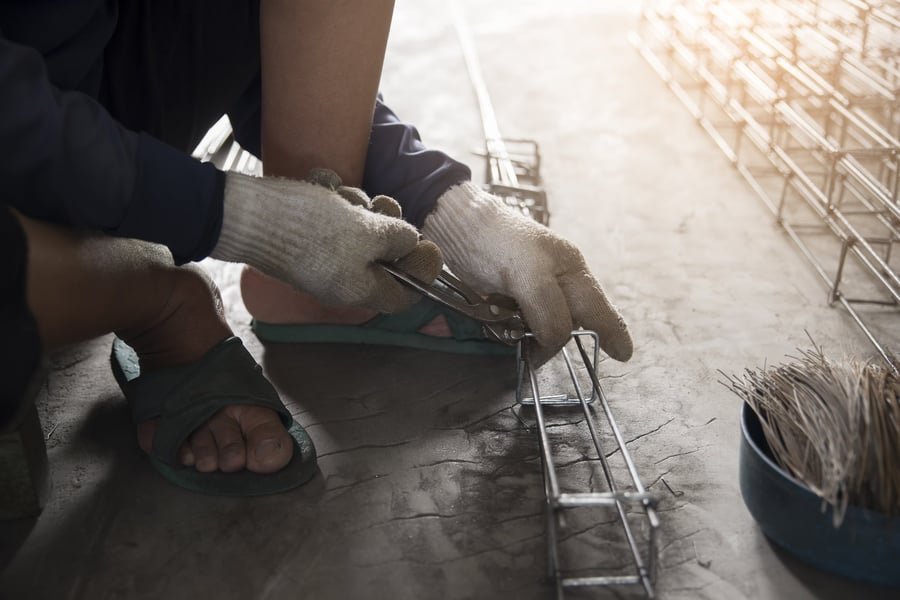RH FAQ's: Explaining Relative Humidity

Question: What is relative humidity (RH)?
Answer: In the water damage restoration, home inspection, and woodworking industries, RH (or relative humidity) is the amount of water vapor in the air for a given area expressed as a percentage of the amount needed to reach the saturation point at the current temperature.
In other words, it’s a measurement of how much moisture is in the air relative to how much moisture the air can hold before it starts to condense into water.
Question: How is RH Measured?
Answer: Most professionals use a special tool known as a Thermo-hygrometer. There are many kinds of -hygrometers on the market, each with different operating principles, sensor tolerances, etc.
Question: What Affects RH Readings?
Answer: There are many different factors that can affect an RH reading, including:
- Temperature. Generally speaking, as temperatures increase, RH decreases, and as temperatures drop, RH increases. Warmer air has a higher capacity for moisture than cooler air.
- Humidity. The more moisture is in the air, the higher the RH reading.
- Condition of the sensor material. Thermo-hygrometers are highly sensitive devices. Damage to the sensor element of the meter can impair its accuracy.
- Chemicals in the air. Some chemicals in the air can contaminate the surface of the Thermo-hygrometer’s sensor element, reducing accuracy.
- Placement of the Thermo-hygrometer. When taking an RH reading, placement of the meter is key for ensuring that the air being sampled is representative of the whole environment—particularly in enclosed environments. For example, Thermo-hygrometers placed in the corner of a room might not provide a very good evaluation of the space’s actual RH
Beyond these factors, there’s one more thing that can influence individual Thermo-hygrometer readings: the built-in sensor tolerance of the meter. Each Thermo-hygrometer has a specific sensor tolerance, usually express as a percentage with a +/- symbol.
For example, if a Thermo-hygrometer has a sensor tolerance of +/- 2%, any readings taken by the meter could be up to two percentage points higher or lower than the actual RH value of the environment. So, a reading of 55% RH could actually be 53% RH or 57% RH.
Question: How Can I Account for Sensor Tolerance?
One way to overcome sensor tolerance is to take multiple RH readings with two separate rThermo-hygrometers (preferably calibrated to the same standard by the same manufacturer). By averaging the results of two Thermo-hygrometers, you can usually get a reliable RH measurement.
A side benefit of using multiple meters is that it can help you spot when one is experiencing significant sensor drift (consistently reading RH too high or too low).
Question: Why Does RH Matter?
There are a few reasons why you might want to test RH in a given area based on your application.
- Manufacturers. Manufacturers of wood and other moisture-sensitive materials may need to monitor RH to ensure that their products are being acclimated to the correct conditions. Improper RH can affect drying rates for wood, or even allow wood to swell or crack.
- Restoration Experts. May need to track the RH value of a given room to verify that excess moisture isn’t present. They can also use Thermo-hygrometers to assess likelihood of moisture intrusion in a room.
- Contractors. May need to use Thermo-hygrometers with in-situ probes to verify that a concrete slab has the right amount of relative humidity according to the ASTM F-2170-11 standard. If RH conditions deep in a concrete slab aren’t right, it could cause issues later.
These are just a few of the common uses for Thermo-hygrometers—other industries may have different applications where they need to accurately assess the relative humidity of a given space.
Learn More About RH Measurement Today!
Subscribe to Our Blog
Post Related

The Importance of Accurate RH Measurements in Concrete


